Traits
Saurian Crest
Takes inspiration from non-feathered crests of reptiles in general (not necessarily dinosaurs). Parasaurolophus, Carnotaurus, and Nyctosaurus are just a few examples of acceptable Saurian crests. It should have a noticeable real-world equivalent with similar shapes and proportions. Since a lot of dinosaur restorations are speculative, a bit of leeway is given for unusual crests (in example: whether some crests had membranes or not). It must appear somewhere on the head or upper neck. This will not touch the base of the neck or create expanding flaps or air sacks. Here are some examples of acceptable saurian crests:
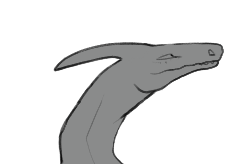
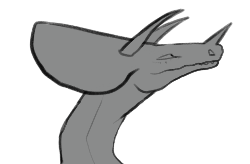
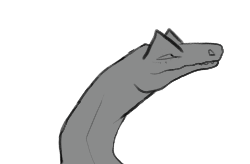
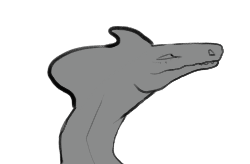
Because these traits exhibit a lot of diversity, the free gradient/coloration can appear in many forms. Flesh, webbing, and horns may take on their own free gradient of two colors or a solid color. Webbing and flesh will use colors from the elemental color palette. Horns use the palette in addition to black, white, or tan. Gradients will radiate either from extremes or down the lining of the webbing. Here is an example of the same crest, colored in two different ways, both showing the bone with a unique color:
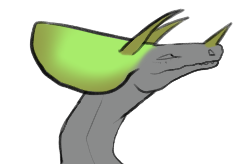
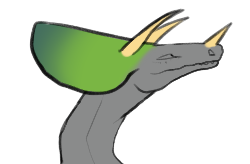
Here is an example with the flesh showing a gradient and the webbing showing a different gradient:
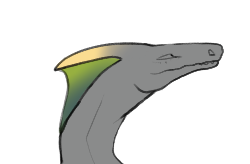
Here are more general examples:
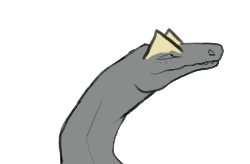
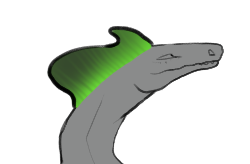
The world of Saurian Crests is huge. If you want some ideas to bounce off of, here are some creatures with acceptable Saurian Crests: Pterosaurs, Ceratopsians, Carnotaurus, Pachycephalosaurs, crested Hadrosaurs, and even Plumed Basilisks. Avoid using overly speculative crest interpretations.